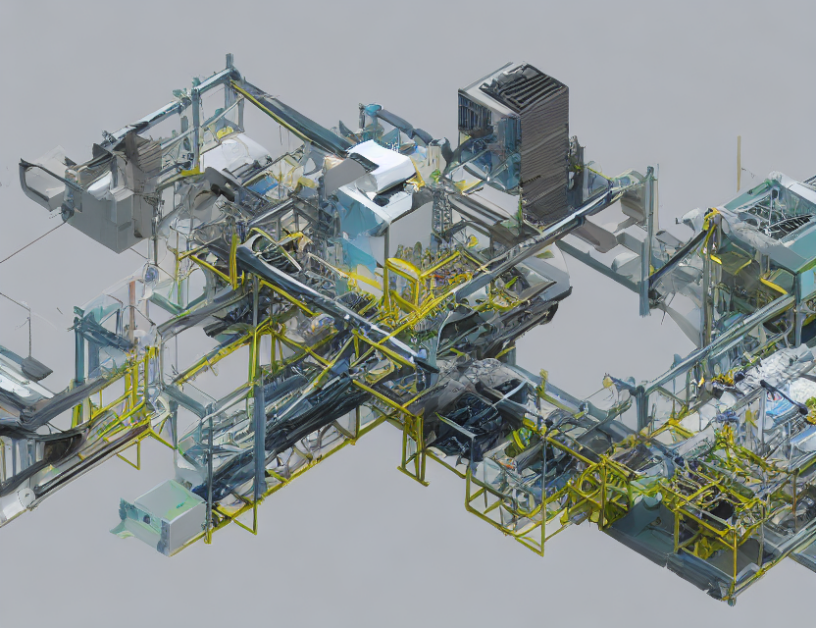In this article, we explore two methods to simplify the analysis of complex battery systems called Battery Interconnecting Modular Converters (BI-MMCs). These methods help reduce the computational complexity of fault diagnosis and improve scalability.
Firstly, we discuss SM mode reduction, where we group cells into four modes based on their voltage levels. By reducing the number of modes, we can simplify the analysis of the system without compromising accuracy. Think of it like a traffic flow: just as you can reduce the number of lanes on a busy highway to ease congestion, we can reduce the number of modes in a BI-MMC to make the analysis more manageable.
Next, we examine system configuration reduction, which involves categorizing the system into different switch configurations based on the voltage levels across each cell. Just as you have different driving routes to reach your destination, there are multiple switch configurations for a BI-MMC depending on the voltage levels of the cells. By selecting a few representative configurations, we can significantly reduce the number of possible configurations and simplify the analysis.
The article also introduces a new structural model called an incidence matrix that captures the relationships between the system equations and unknown variables. This model is essential for fault diagnosis, which aims to detect and mitigate small deviations from normal behavior in batteries. Imagine trying to find a needle in a haystack: just as you need a clear understanding of the haystack’s structure to locate the needle efficiently, we need a robust structural model to identify faults in battery systems accurately.
Finally, we discuss the importance of reducing the number of system modes and configurations for scalability. Think of it like building a tower: as you add more floors, the foundation must be stronger to support the weight. Similarly, as the number of modes and configurations increases in a BI-MMC, the analysis becomes more complex, and we need to reduce the number of modes and configurations to make the analysis efficient and accurate.
In summary, this article provides two reduction techniques for simplifying the analysis of BI-MMCs, making it easier to detect faults and improve battery performance. By grouping cells into modes based on their voltage levels and categorizing the system into representative switch configurations, we can significantly reduce the computational complexity of fault diagnosis without compromising accuracy. These techniques are crucial for scaling up the analysis of complex battery systems to ensure efficient and reliable operation.
Electrical Engineering and Systems Science, Systems and Control
Reduction Techniques for Computational Complexity in Structural Analysis of Battery-Management Systems



